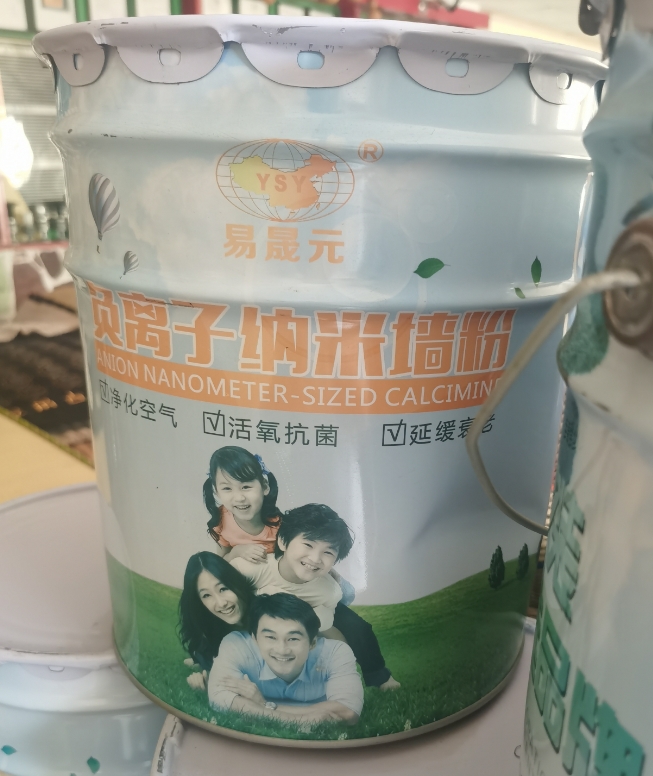
Sweat rooms, such as saunas and steam rooms, require effective insulation to maintain the desired temperature for a comfortable and beneficial experience. At the same time, in today's environmentally conscious world, it is crucial to consider sustainable insulation materials. This article will explore several insulation options that are well-suited for temperature control in sweat rooms while also meeting sustainability criteria.
Cork is an excellent choice for sweat room insulation. It has natural insulating properties due to its cellular structure, which helps to trap air and reduce heat transfer. Cork is also a sustainable material as it is harvested from the bark of cork oak trees without harming the tree. The trees can regenerate their bark, making it a renewable resource. In a sweat room, cork insulation can effectively maintain the high temperatures required, providing a warm and cozy environment. It is also resistant to moisture, which is essential in a humid environment like a steam room. Additionally, cork has good acoustic properties, which can contribute to a more peaceful and relaxing atmosphere.
Sheep wool is another sustainable insulation option that can perform well in sweat rooms. It has high thermal resistance and can help to keep the heat inside the room. Wool is a natural and renewable material, and it is also biodegradable. In a sweat room setting, sheep wool insulation can absorb and release moisture without losing its insulating capabilities. This is beneficial as the air in a sweat room is often humid. The natural fibers of sheep wool can also provide some additional sound insulation, further enhancing the overall experience. However, it is important to ensure that the sheep wool insulation is treated to be resistant to mold and mildew, as the high humidity levels in sweat rooms can create favorable conditions for their growth.
Hemp fiber insulation is becoming increasingly popular for its sustainability and performance. Hemp is a fast-growing plant that requires minimal resources to cultivate, making it an environmentally friendly choice. The fiber has good insulating properties and can help to maintain a consistent temperature in a sweat room. It is also breathable, which allows for better air circulation and can prevent the buildup of moisture. Hemp fiber insulation is resistant to pests and mold, which is an important feature in a humid environment like a sweat room. Additionally, it has a relatively low environmental impact during production compared to some traditional insulation materials.
Recycled cotton insulation is a sustainable alternative that can be used in sweat rooms. It is made from post-consumer cotton waste, such as old clothing and textiles, which are diverted from landfills. The recycled cotton has good thermal insulation properties and can help to maintain the desired temperature. It is also relatively easy to install and can be customized to fit the specific dimensions of a sweat room. In a humid environment, recycled cotton insulation can absorb some moisture, but it is important to ensure proper ventilation to prevent excessive moisture buildup. Overall, using recycled cotton insulation not only provides effective temperature control but also contributes to reducing waste and promoting a circular economy.
While traditional spray foam insulation may have some environmental concerns due to its chemical composition and potential off-gassing, there are now low environmental impact spray foam options available. These formulations are designed to have reduced volatile organic compound (VOC) emissions and better overall environmental performance. Spray foam insulation can provide excellent airtightness and thermal insulation, which is crucial for maintaining temperature control in a sweat room. It can fill in small gaps and crevices, ensuring that there are no heat leaks. When choosing a spray foam insulation for a sweat room, it is important to select a product that is certified for low environmental impact and suitable for use in a humid environment.

